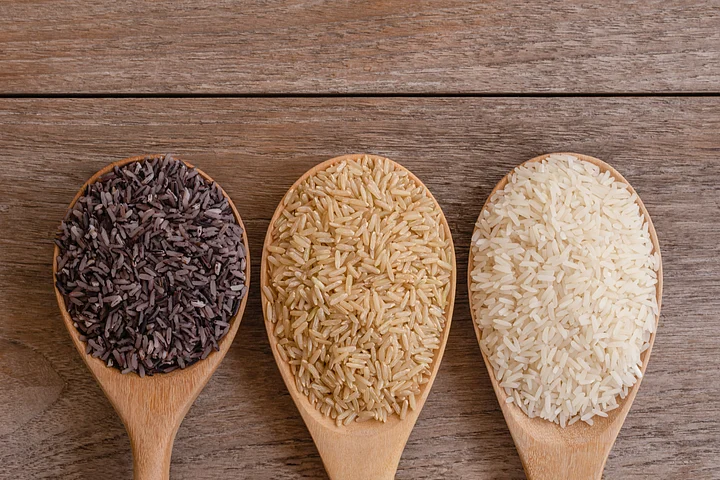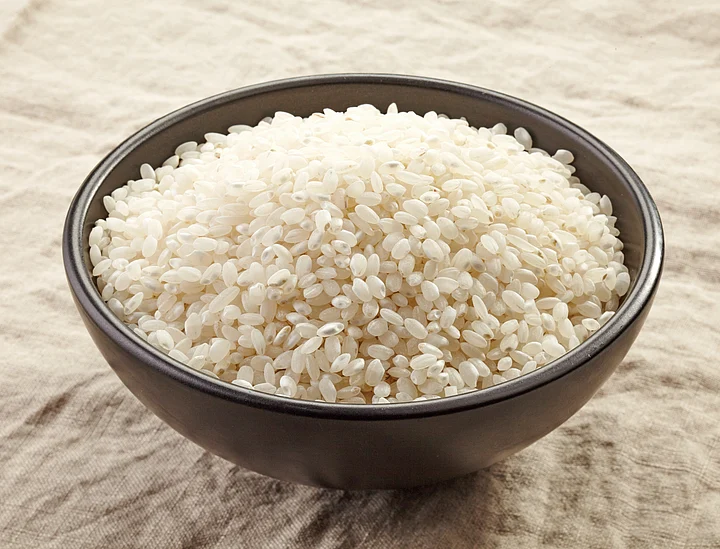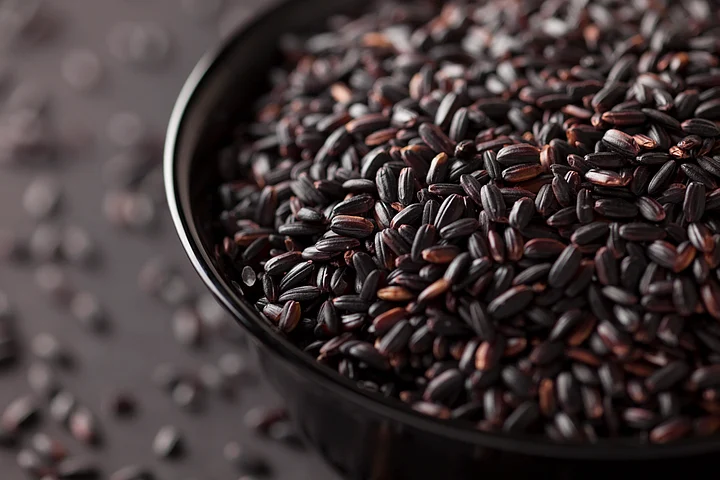What home food would you crave for on a rain-soaked afternoon or a chilly December night? Most probably it would be hot khichadi, Rajma/dal chawal or pulao, right?
One ingredient common in all these dishes is rice– a staple grain grown on every continent except Antarctica.
In India, rice is used on auspicious occasions, festivals, weddings, and housewarmings. Without a few grains of rice, no ceremony is complete. Rice is just not a grain but a culture in India.
Basmati is the coveted long grain rice that is in high demand, along with a few other varieties.
There is a great scope to explore though as there are more than 40,000 varieties of rice worldwide.
It was believed that rice originated about 30 million years ago in China but an analysis of plant remains found in the dung of dinosaurs in Pisdura village Chandrapur district, Maharashtra shows that these huge animals ate rice much before humans and points out to a possibility that rice may have originated in India.
Varieties of Rice

There are more than 40,000 varieties of rice around the world.
(Photo: iStock)
Visit any superstore or an online store and you will be surprised at the kinds of rice they offer. This is confusing and the information overload makes it complicated.
Rice is characterized by length and shape, colour, texture, and aroma. The choice of rice depends on the dish you want to cook.
There are several rice recipes, and we need to think about the recipe before deciding on the variety of rice to be used.
Here are a few rice varieties you should try
Kerala Matta Rice

Kerala Red Rice is packed with health benefits.
(Photo: iStock)
This rice, known as Palakkadan Matta Rice, or Kerala Red Rice is an indigenous variety of rice grown in the Palakkad district of Kerala.
It is quite famous for its health benefits and is one of the select varieties that has been awarded the GI tag.
Matta is coarser with a unique taste. Its outer layer retains the natural goodness of the grain. This rice helps in lowering the risk of cardiovascular diseases.
It is rich in calcium, magnesium, reduces blood pressure, and is a good source of Vitamins A and B.
With a low glycaemic index and high fibre content it can regulate blood sugar level and insulin production. It is suitable for making pulao and payasam.
Poongar Rice
Poongar Rice from Tamil Nadu is one of the ancient varieties of rice. It can tolerate harsh weather conditions and heavy floods. This is mostly hand-pounded, and therefore retains the minerals.
Traditionally, this rice has been a part of the pregnancy-diet as it is rich in iron, improves haemoglobin and is good for hormone health.
It contains Zinc, Magnesium, and antioxidants. It has less cholesterol and helps in regulating blood sugar spikes. It has a pleasant taste and is suitable for making dosa, and idly.
Mullan Kazhama
Mullan Kazhama is also known as Mullan Kaima rice is indigenous rice from Wayanad, Kerala.
This has almost vanished but has been revived by a few organic farmers in Wayanad. It has a round shape, is sticky with a distinct taste and fragrance. It has high levels of vitamin A.

Mullan Kazhama is an aromatic type of rice native to Wayanad, Kerala.
(Photo: iStock)
Farmers say that when this paddy crop is ready for harvesting the distinct aroma wafts in the whole field. It is suitable for cooking pal payasam / kheer, appam, and Malabari Biriyani.
Seeraga Samba Rice
Seeraga or Jeeraga Samba rice, from Tamil Nadu is tiny rice that gets the name due to its resemblance to Cumin seeds. It has a unique taste and fluffs up after cooking.
It is appropriate for making South Indian Biryanis. Seeraga is rich in phytonutrients, antioxidants, selenium, and fibre. It has got a GI tag.
Chakhao Poireiton
This is a black heritage rice variety from Manipur. Black rice is almost six times richer in antioxidants, high in protein, and low in fat as compared to other rice varieties.
It is high in fibre, contains essential amino acids, vitamin B1, vitamin B2, vitamin E, and folic acid.
Chakhao Poireiton has a great taste, flavour, and texture. It is suitable as table rice or for making salads and desserts.

Black rice is around six times richer in antioxidants than any other type of rice.
(Photo: iStock)
Bonus! Chakhao Poireiton Phirni Recipe
Here is a recipe by Pushpita Sinha, Founder, The NE Gourmet Enterprise ( from her blog) to make yummy phirni usinng Chakhao Poireiton rice.
Ingredients
600-700 ml full fat Milk
4-5 Tbsp Chakhao Amubi rice powder (wash and soak the rice overnight, next morning drain the water, sun dry the rice on a clean kitchen towel or piece of cloth and coarsely grind to a sooji/semolina like powder form)
1/2 can Condensed milk
2-3 Tbsp Sugar or adjust as per your taste
15-16 Almonds, blanched and grind to a smooth paste with 1 Tbsp water
1 tsp Green Cardamom/Elaichi powder
1-2 drops Kewra or Rose Essence (optional)
Almond slivers for Garnishing
Method
Add and mix the rice powder with the milk in a pot or deep-bottomed wok. Bring it to a boil on medium heat. Reduce to low and keep stirring continuously to avoid burning the mixture.
Add sugar and condensed milk, continue stirring the mixture for 5-7 mins or till the desired thickness is reached. Then turn off the stove.
Add the cardamom powder and kewra or rose essence and mix in. Let it cool.
Refrigerate and serve chill in dessert bowls with a garnish of almond slivers.
Note: Adjust milk as per your requirement, Phirni is a slightly thick pudding type dessert and glutinous sticky rice needs lesser amount of liquid compared to other rice.
You can add fresh cream to this phirni if you want to.
Including indigenous varieties of rice enhances your diet. Traditional varieties of rice have agricultural significance.
These are grown in suitable soil and climate and have unique characteristics and were used in specific seasons and purposes.
Eating many varieties of rice prevents micro-nutrient deficiencies and offers diverse tastes.
There were about 1,10,000 varieties of rice in India till 1970, but now there are only 6,000. If we don’t bring these rice types on our daily plate, we may lose a chunk of biodiversity very soon.
(Nupur Roopa is a freelance writer and a life coach for mothers. She writes articles on environment, food, history, parenting, and travel.)
(At The Quint, we are answerable only to our audience. Play an active role in shaping our journalism by becoming a member. Because the truth is worth it.)
